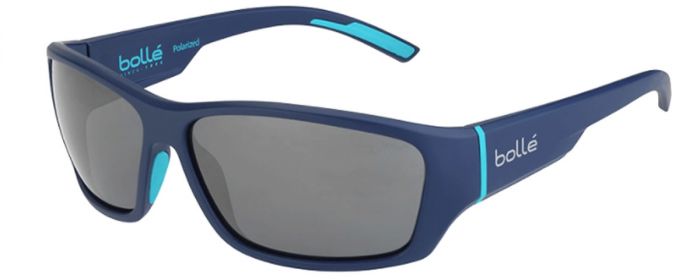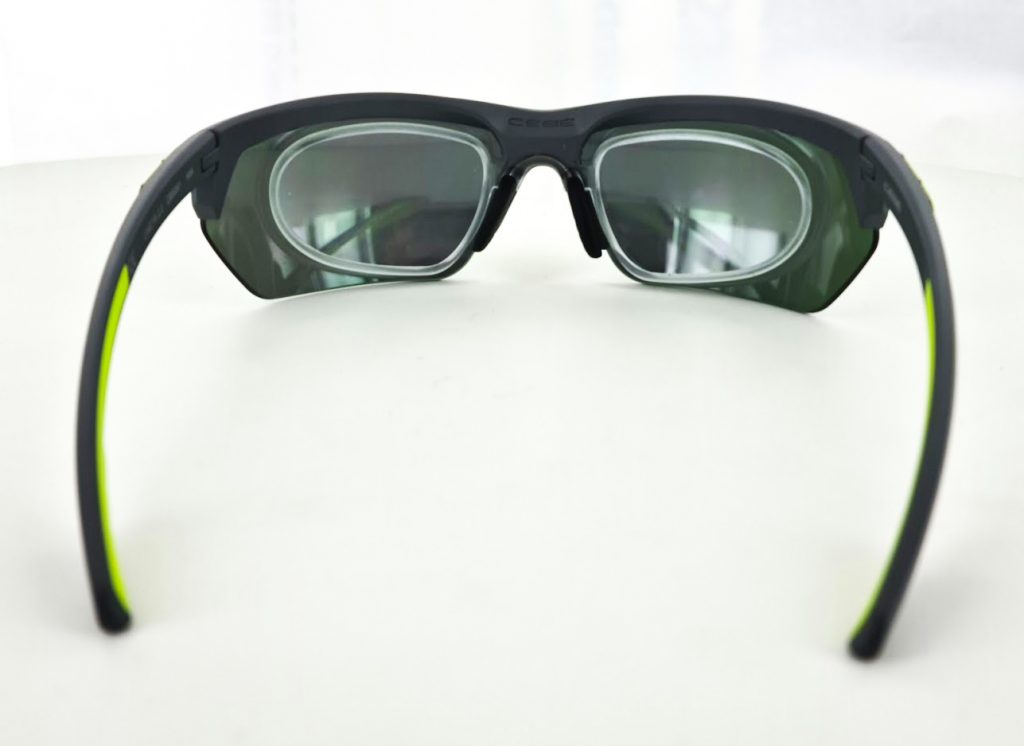
If you're a keen cyclist and glasses wearer, then prescription cycling glasses are an essential accessory for you. Standard cycling glasses are of no use to those with bad vision and who can't wear contact lenses. This is where purpose-built prescription cycling glasses come into play.
What Do Cycling Glasses Do?
Cycling Glasses are designed specifically for cycling and enable you to see every detail on the road. They protect your eyes from frequently changing light conditions as well as wind, insects, and debris flying at your face. Cycling glasses have stronger frames and wider lenses than regular glasses. They protect your eyes from UV rays, minimise glare and improve contrast and depth perception - a priority when you are cycling.

The Benefits of Cycling Glasses
- Cycling frames and lenses are sturdy and long-lasting. They're typically made of high-quality, materials such as polycarbonate, which means they are less likely to break if they're hit by something or knocked off your face.
- Cycling glasses are lightweight, providing comfort for long-time use. The side temples fit snugly under a helmet, and protective nose pads keep your glasses in place for enhanced performance.
- The lenses in cycling glasses are extremely durable and shatter-proof, which is extremely important for safety when cycling.
- Cycling glasses are generally designed larger and wider than regular glasses, and the quality of vision is typically higher.
Lenses For Cycling Glasses
- Polarised lenses filter out light and provide protection against glare and reflections. This makes them a great choice when you're cycling in very bright conditions.
- Rapid switching between light and shade puts a strain on your eyes. Photochromatic lenses change from dark to light depending on the conditions, which enables you to identify risks earlier.
- The curvature of prescription cycling glasses is very important for clear vision, especially in the peripheral areas. A curved lens can reduce blurring and provide clearer, sharper visibility.
- Tinted lenses allow clearer, brighter vision. Yellow and blue tints enhance depth perception and contrast in lower light. Brown and amber tints are good in variable and bright conditions as they sharpen visual acuity and reduce glare. Grey tints are a good option for everyday conditions as they provide natural contrast and true colour perception.

What To Look For In Prescription Cycling Glasses
- It's essential that your cycling glasses fit your face properly, for comfort and to protect your eyes. Wraparound-style glasses provide additional coverage and protection and tend to stay in place better.

- Rubber temples and nose grips will ensure your glasses are secure on your face, no matter how much you sweat or how rough the ride is. This is particularly important in prescription cycling glasses, as it helps maintain precise optical alignment.
- For cycling sunglasses, it is always better to go with a light-coloured lens. Lighter lenses allow you to see uneven road surfaces, whereas dark lenses may cause you to miss obstacles and lessen your reaction time.
- The frame you choose needs to accommodate your prescription lens. Some cycling-specific glasses have a prescription insert fitted behind the lenses, which are interchangeable for different conditions.

Summary
Prescription cycling glasses are a superior option for several reasons including safety, protection, and comfort. You can buy cycling eyewear in a variety of shapes and designs so you don't have to compromise on style. Because of their strength and durability, a pair of specialist cycling glasses can last you for many years, making them a wise investment indeed.
